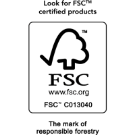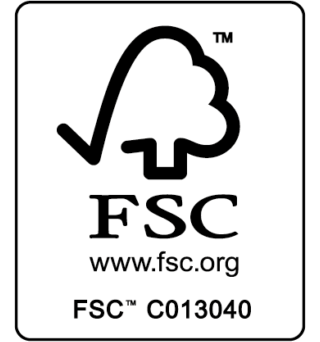A guide to understanding the effects of indoor air pollutants and how wood floors can help improve indoor air quality.
HEALTH AND WELLBEING
Sustainability is now a key focus within the public realm, and understandably so. With a much greater emphasis being placed on eco-friendly products within the past few years, public interest has began to focus on the importance of understanding the effects that manmade products have – not only their environmental impact on the planet, but the consequences to our health and wellbeing, too.
One of the greatest consequences manmade products have is their impact on indoor air quality. Although indoor air quality is still a relatively new subject, with studies still ongoing, preliminary research has shown that manmade products are in fact a pollutant of indoor air. Research shows that the greater indoor air is polluter, the greater negative impact it has on people’s health.
INDOOR AIR POLLUTION AND WHERE IT COMES FROM
It’s somewhat easy to make the direct connection between how household products like cleaning products and disinfectants could contribute towards indoor air quality, but what about other sources that may not be so obvious?
A recent report carried out in partnership with the Clean Air Day campaign, and undertaken by indoor air pollution experts Airtopia found that nearly half of the UK households are experiencing dangerous levels of indoor air pollution. The infograph pictured left shows some of hidden dangers in your home and where they come from.
These chemicals can affect people’s health in a variety of ways, from breathing difficulties to eye irritation and even nerve damage. The long-term effects on people’s health are not yet realised but there are some things we do already know about VOC’s and SVOC’s.
SVOCs AND VOCs EXPLAINED
Volatile organic compounds (VOCs) are harmful gases, which negatively impact the health and wellbeing of humans. VOCs pollute air quality, especially indoor air quality where air circulation is limited.
Although VOC emissions are harmful to humans, they are actually released from many building materials and furnishings which are part of our every day life. This can include everyday indoor decorations and furnishings such as paint, carpet and even vinyl LVT flooring.
Additionally, new research into indoor airborne pollutants has unveiled further pollutants known as Semi Volatile Organic Compounds (SVOCs) which are emitted from synthetic man-made materials such as vinyl and plastics. SVOCs are pollutants at the molecular level, not bonded to the core materials and tend to be emitted at higher temperatures.
The study of SVOC’s and their impact on health is still a relatively new subject and therefore is ongoing. However, preliminary studies have proven clear links between these molecular airborne pollutants and many existing health issues.
All Ted Todd products are SVOC free and we are proud to be the very first wood flooring company in the world to be able to display the the ‘SVOC Free’ logo on all of our wood-based products. All of Ted Todd’s products fall well inside the strictest guidelines and they comply with BS EN14342 class E1.
HOW ELSE CAN WOOD FLOORS HELP THE ENVIRONMENT
The case for using only natural products in your building is overwhelming but there are many other ways choosing a wood floor can further benefit the environment.
The manufacture of PVC is very energy intensive, making it a net contributor to atmospheric CO2. Compare this to the effects of using wood as a material base which reduces the atmospheric CO2 levels by storing carbon in the wood fibres.
Forests re-planted after harvesting produce 1 tonne of O2 and absorb 1.4 tonnes of atmospheric CO2 for every tonne of wood produced. Wood flooring systems therefore effect a negative Carbon Footprint on the environment. 1m2 of 20mm wood flooring stores a carbon equivalent of 20Kg of atmospheric CO2. Which can also help to provider safer air quality in your home.
Wood flooring products are unique in that they can easily be restored, refurbished, re-fashioned, repaired, sanded and re-sealed. Even at the very end of life, wood floors can be easily recycled into reclaimed flooring for further use, which contributes to the circular life of our products.
Compare this with any other form of flooring, especially vinyl-based plastic products such as LVT, which really are just single-use products only fit to be thrown away to landfill when they get old or damaged.
Not only is the environmental aspect of the production of LVT and PVC purely damaging from the CO2 and eventual landfill impact, it must be remembered that PVC is responsible for toxic and corrosive gasses not just during production of the raw material, but also when melted.
PVC is also well noted as being particularly resistant to environmental degradation. Being manufactured from oil by-products, PVC is not a sustainable product, nor healthy when compared to wood products from certified forest sources. PVC being the main ingredient in vinyl and LVT flooring hits the environment in many negative ways.






